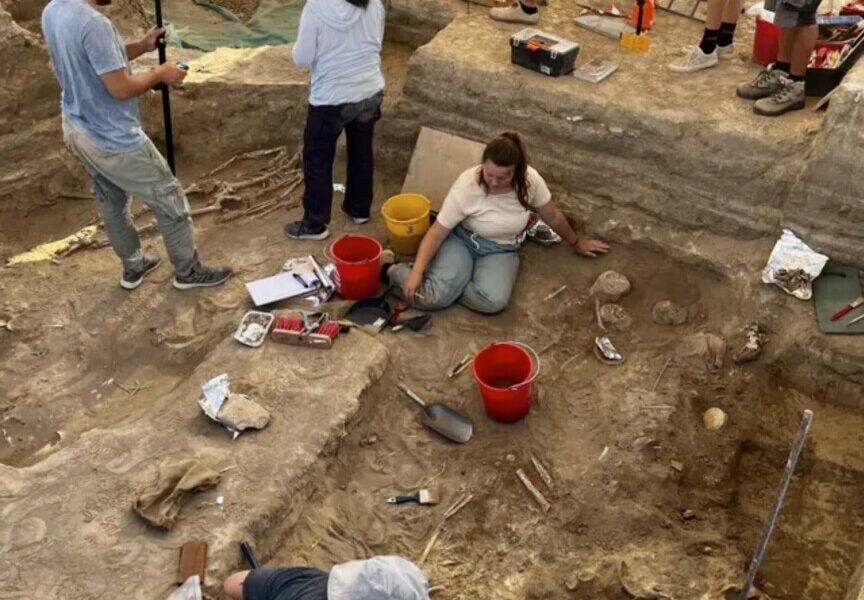A recent excavation led by Swedish archaeologists in Cyprus has uncovered a trove of artifacts shedding light on an ancient port city in Larnaca, indicating that it was a prominent Bronze Age trading hub. Giorgos Georgiou, acting director of Cyprus' Antiquities Department, stated that the city's prosperity was likely founded on copper production and trade with various local and distant cultures.
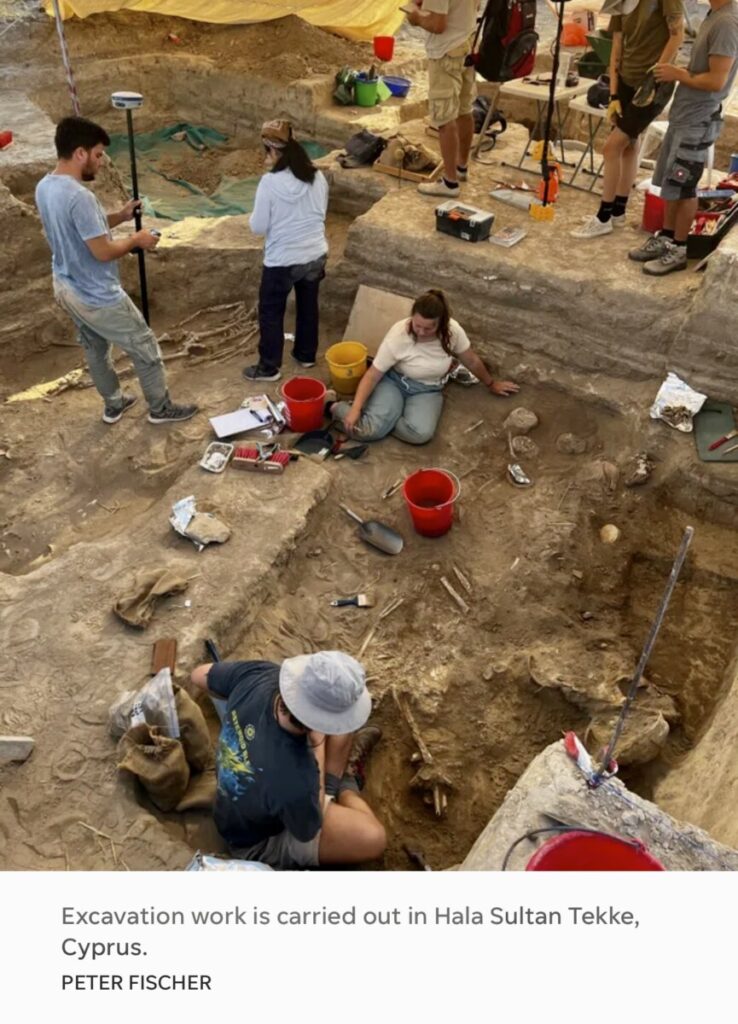
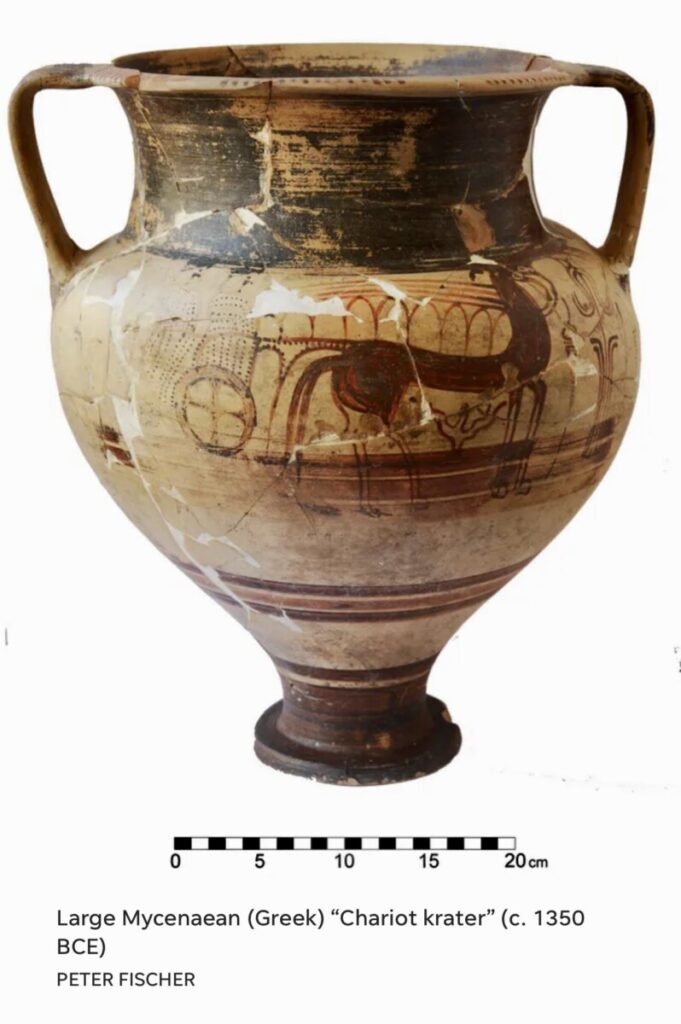
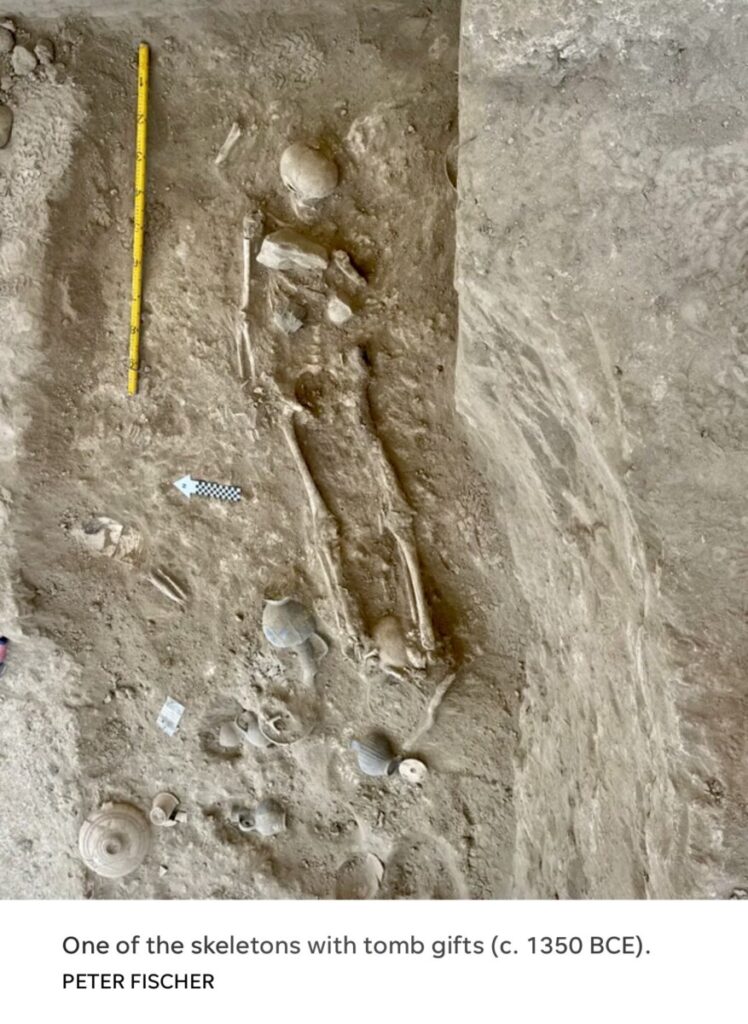
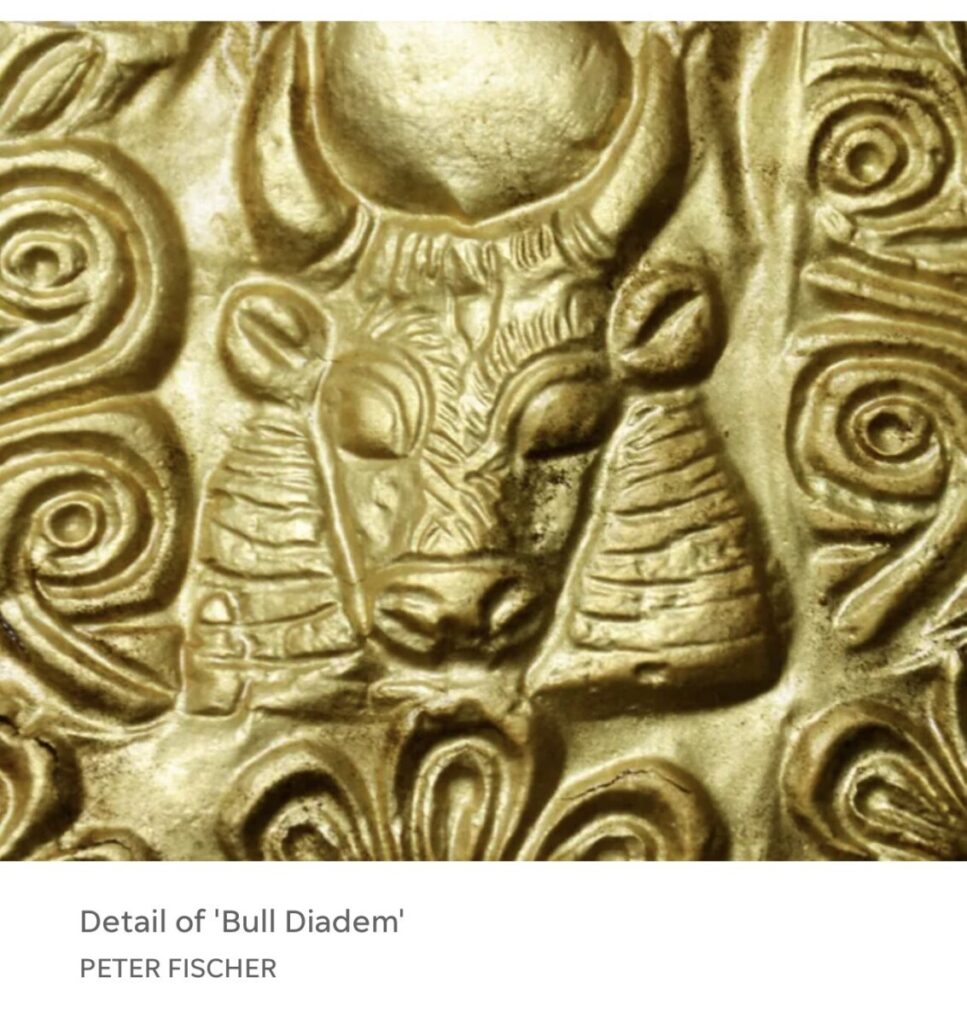
The site, known as Dromolaxia-Vyzakia, represents a Late Bronze Age harbour settlement spanning an estimated area of at least 25 hectares (60 acres). Flourishing between 1600 and 1100 BC, the city was situated along the shores of Larnaca salt lake at Hala Sultan Tekke.
Recent findings include tombs outside the trading metropolis, which according to the University of Gothenburg conducted the excavation, rank among the most opulent ever discovered in the Mediterranean region. These tombs believed to belong to the ruling class, provide evidence of the city's centrality in copper trade during 1500–1300 BC.
The tombs, characterized by underground chambers accessed through narrow passages, vary in size and house many precious artifacts. The discoveries, exceeding 500 complete items in two tombs, consist of valuable metals, gems, ivory, and high-quality ceramics. Notably, approximately half of the artifacts were imported from neighbouring cultures.
Materials like gold and ivory originated from Egypt, while precious stones such as lapis lazuli, carnelian, and turquoise came from Afghanistan, India, and the Sinai Peninsula. Moreover, amber objects from the Baltic region were also uncovered.
The excavation employed magnetometers to detect objects and structures up to two meters below the surface. According to Georgiou, the most recent excavation season exposed three chamber tombs tentatively dated to the 14th century BC. While one tomb appeared looted in the 19th century AD, two neighbouring tombs were found intact.

